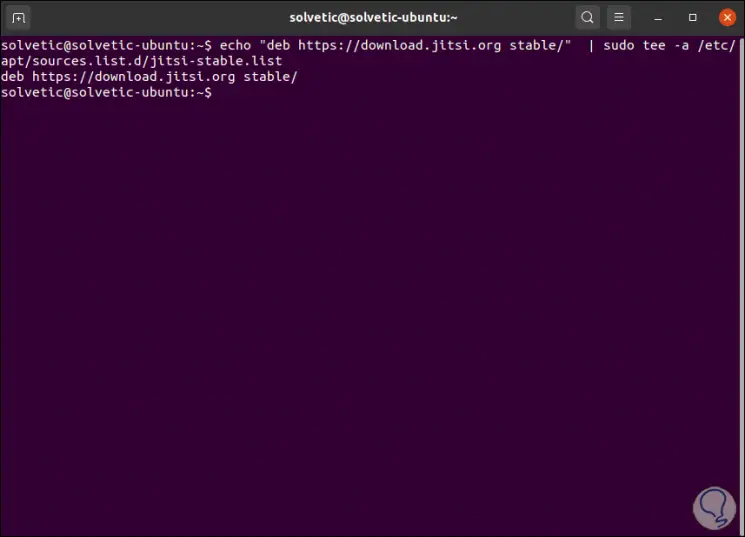
I’m an absolute Linux-noob, so please bear with me if I have strange stuff in here – I just followed the documentation. So I set out to install Jitsi Meet on an Azure VMĭisclaimer: Jitsi Meet runs on Linux. * But wait! The end-to-end encryption only works in 1:1 meetings! Multiparty meetings use Jitsi Videobridge instead of the P2P mode and they are decrypted at the server!Īccording to Jitsi the decrypted data is never persisted to storage and handled exclusively in memory (except meeting recordings that are saved at the Jitsi server until they have been delivered to your storage), but I wanted to see what I could do on my own instance. Of course you can set an additional password for joining the meeting. You can share the meeting ID with people and when they enter it, they join your meeting. Jitsi offers a free Video Conferencing Service at – just enter any meeting ID (or use the auto-generated one) and click start. What’s big about Jitsi Meet is the fact, that it’s completely open source ( GitHub Repo) and really focused on security and privacy. Jitsi’s Service “Jitsi Meet” – like Zoom – focusses on meetings without collaboration or document sharing and on video calls above text based chat. I heard of quite a few people leaving Zoom over those concerns and moving to Jitsi instead. If you haven’t already, check out “Security Now” with Steve Gibson, in particular these two episodes are relevant to this: Zoom has been poked at quite a lot recently for security concerns but I feel like they’re handling themselves really well in this extreme situation.



I fully agree with Ben and Scott: All those services have things they do better than others and searching for the holy grail of conferencing might be a waste of time. Teams tends to have quite the steep learning curve…Īnd don’t get me started on Chat in Teams vs. It’s dead simple to log into a meeting and the interface is super straight forward. However, for a quick call without any document collaboration or with people with limited technical expertise, Zoom might be the better fit. It’s wonderful for collaboration and the enterprise capabilities (especially around security and compliance) are top notch.

In my day to day work, I use Microsoft Teams constantly. It doesn’t make sense to just pit them against each other to find the “best solution” without clearly defining the problem. When listening to Ben Stegink and Scott Hoag on episode 173 of the Microsoft Cloud IT Pro Podcast, I found them making a compelling point:Īll these solutions (Teams, Zoom, etc.) have a different focus for different use cases. Lately everybody has been discussing the advantages and disadvantages of different video-conferencing-solutions.


 0 kommentar(er)
0 kommentar(er)
